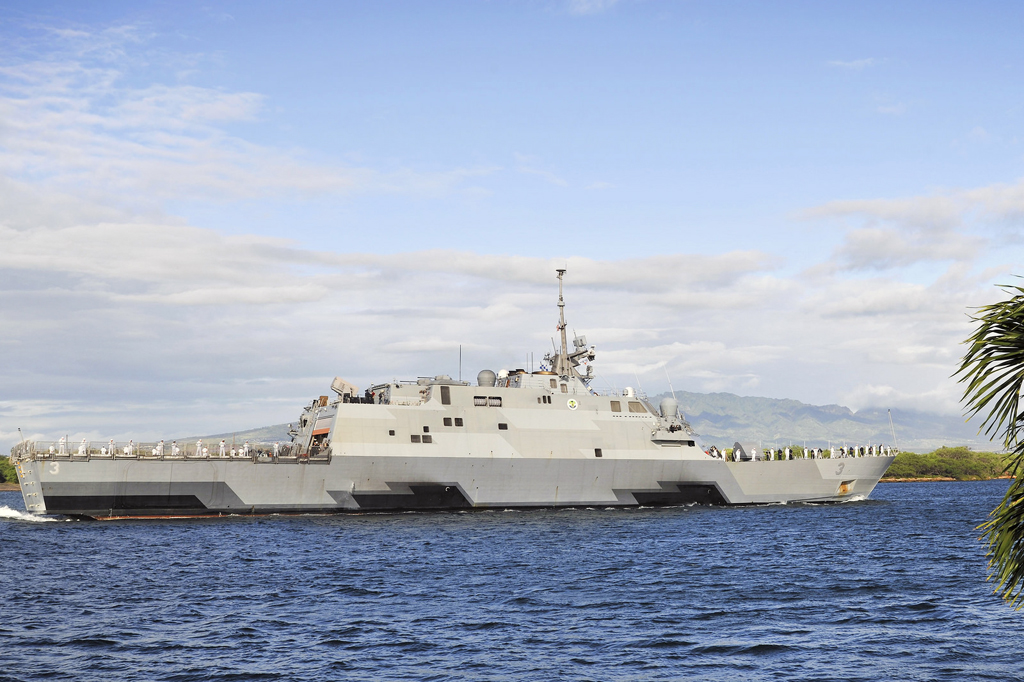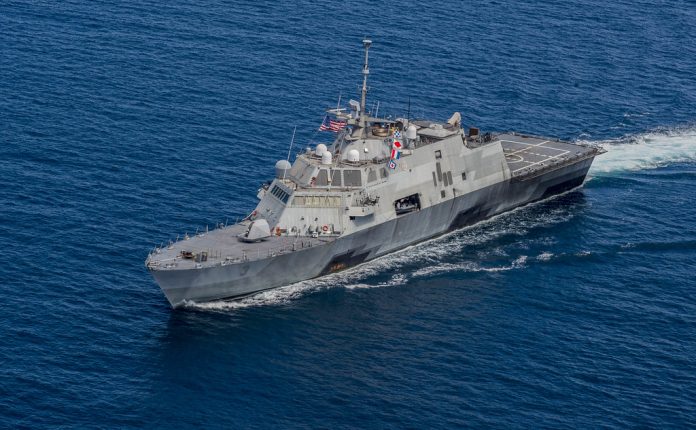
In the realm of naval warfare, few topics stir as much debate as the fate of the Littoral Combat Ship (LCS), a vessel that promised revolutionary capabilities but has been plagued by a series of high-profile failures.

The LCS was envisioned as a nimble, adaptable ship, capable of performing various missions close to shore. Yet, as vessels like the USS Freedom have shown, the reality has been far from the initial dream.

The LCS program, which began with an aim to create a fleet of small, fast, and technologically advanced ships for close-to-shore operations, has seen its share of troubles.

With costs that ballooned to more than double initial estimates and an array of mechanical failures that left them unable to carry out promised missions, the program’s trajectory has been a troubled one.

In 2016, the USS Freedom, the first in its class, exemplified the ongoing issues with the LCS.

Despite its historical significance, the Freedom was beleaguered with dozens of equipment malfunctions and an engine that was inoperable due to “galloping corrosion” from saltwater exposure. This incident marked another chapter in the LCS’s narrative of expensive repairs and unrealized potential.

This misfortune is not isolated to the Freedom. Its counterparts, such as the USS Milwaukee and USS Fort Worth, have faced similar fates.

Breakdowns across the globe have included propulsion system failures and damage so severe that ships needed to be towed for repairs, some remaining out of service for extended periods.

The program’s support persisted despite a series of red flags, with top Navy leaders and contractors pushing for its continuation. This dynamic has led to an environment where the ships have been built in higher numbers and at a faster pace than prudent testing and evaluation would advise.

As a result, crews often found themselves spending more time repairing these ships than operating them at sea.

Reports from ProPublica and the Government Accountability Office have highlighted the problems and immense costs associated with the LCS program.

The total lifetime cost of the LCS fleet could reach $100 billion, a staggering sum for ships deemed to have “limited survivability” and single-mission capabilities.

Even as the Navy signals its intent to retire many of the LCS vessels prematurely, some members of Congress continue to advocate for the production of more ships, fueled by the political pressure to maintain jobs and investments in their constituencies. The result is a disconnect between what is beneficial for national security and what is politically expedient.

While the LCS was supposed to be the Navy’s future, it now stands as a cautionary tale of military procurement gone awry.

It underscores the difficulty in curtailing or correcting flawed defense programs once they gain momentum, especially when political and economic interests are deeply entangled.
Relevant articles:
– U.S. Navy Ranks (with Insignia): List of Ranking, ExecutiveGov
– Origin of Navy Terminology, United States Navy (.mil)
– The Inside Story of How the Navy Spent Billions on the “Little Crappy Ship”, ProPublica

